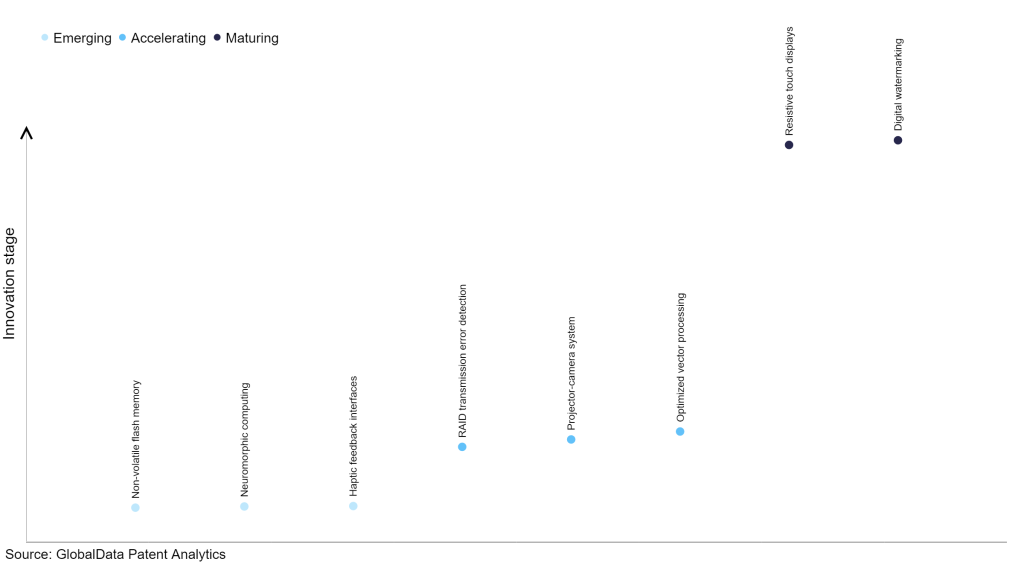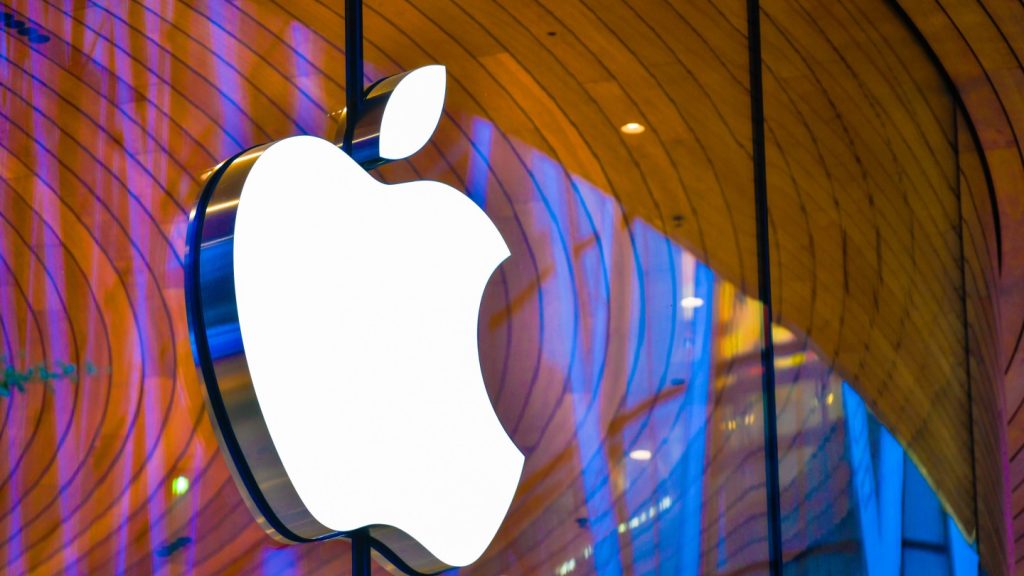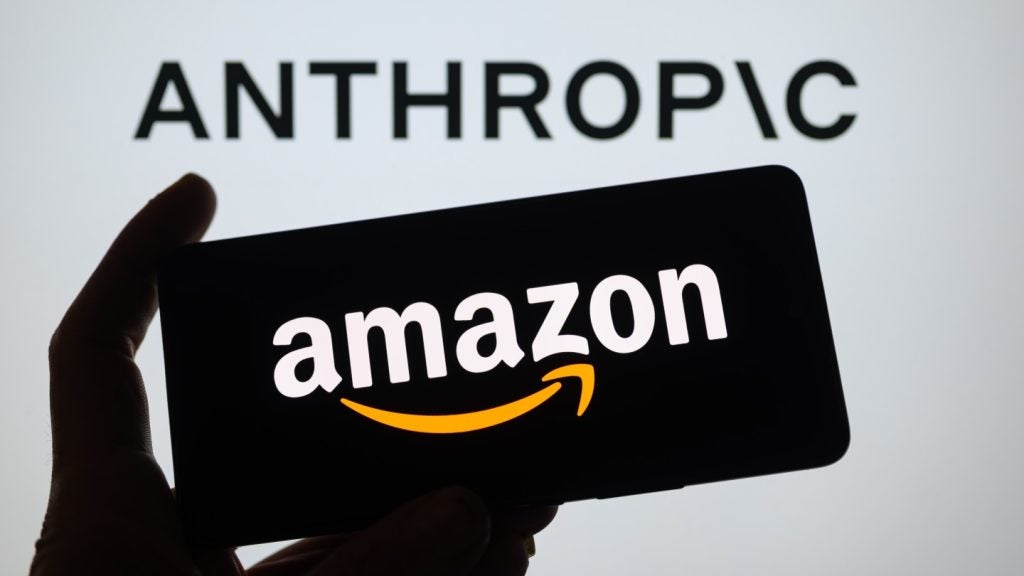The technology industry continues to be a hotbed of patent innovation. Activity is driven by the escalating demands for high-performance computing across various industries, including AI, gaming, and scientific research, the increasing complexity of tasks, such as deep learning algorithms and data-intensive applications, and growing importance of technologies such as advanced hardware architectures, sophisticated programming models like OpenCL and CUDA, and software frameworks. In the last three years alone, there have been over 1.5 million patents filed and granted in the technology industry, according to GlobalData’s report on Innovation in technology: heterogenous computing. Buy the report here.
However, not all innovations are equal and nor do they follow a constant upward trend. Instead, their evolution takes the form of an S-shaped curve that reflects their typical lifecycle from early emergence to accelerating adoption, before finally stabilizing and reaching maturity.
Identifying where a particular innovation is on this journey, especially those that are in the emerging and accelerating stages, is essential for understanding their current level of adoption and the likely future trajectory and impact they will have.
185+ innovations will shape the technology industry
According to GlobalData’s Technology Foresights, which plots the S-curve for the technology industry using innovation intensity models built on over 1.6 million patents, there are 185+ innovation areas that will shape the future of the industry.
Within the emerging innovation stage, non-volatile flash memory, neuromorphic computing, and haptic feedback interfaces are disruptive technologies that are in the early stages of application and should be tracked closely. RAID transmission error detection, projector-camera system, and optimized vector processing are some of the accelerating innovation areas, where adoption has been steadily increasing. Among maturing innovation areas are resistive touch displays and digital watermarking, which are now well established in the industry.
Innovation S-curve for the technology industry

Heterogenous computing is a key innovation area in technology
Heterogeneous computing involves the utilization of diverse processing units or cores within a system or architecture to enhance performance and efficiency. This approach integrates various processors like CPUs, GPUs, DSPs, and FPGAs, each handling specific workloads according to their unique strengths and capabilities. Through this amalgamation, heterogeneous computing strives to enhance overall system performance and optimize energy utilization by harnessing the distinct advantages of each type of processor.
GlobalData’s analysis also uncovers the companies at the forefront of each innovation area and assesses the potential reach and impact of their patenting activity across different applications and geographies. According to GlobalData, there are 980+ companies, spanning technology vendors, established technology companies, and up-and-coming start-ups engaged in the development and application of heterogenous computing.
Key players in heterogenous computing – a disruptive innovation in the technology industry
‘Application diversity’ measures the number of applications identified for each patent. It broadly splits companies into either ‘niche’ or ‘diversified’ innovators.
‘Geographic reach’ refers to the number of countries each patent is registered in. It reflects the breadth of geographic application intended, ranging from ‘global’ to ‘local’.
Patent volumes related to heterogenous computing
| Company | Total patents (2010 - 2022) | Premium intelligence on the world's largest companies |
| ZTE | 65 | Unlock Company Profile |
| Industrial and Commercial Bank of China | 42 | Unlock Company Profile |
| Qualcomm | 44 | Unlock Company Profile |
| Microsoft | 530 | Unlock Company Profile |
| Apple | 132 | Unlock Company Profile |
| Alibaba Group | 146 | Unlock Company Profile |
| Salesforce | 49 | Unlock Company Profile |
| State Grid Corporation of China | 40 | Unlock Company Profile |
| SAP | 99 | Unlock Company Profile |
| Citrix Systems | 63 | Unlock Company Profile |
| Dell Technologies | 100 | Unlock Company Profile |
| Ping An Insurance (Group) Company of China | 159 | Unlock Company Profile |
| Advanced Micro Devices | 35 | Unlock Company Profile |
| Nokia | 49 | Unlock Company Profile |
| Canon | 44 | Unlock Company Profile |
| Telefonaktiebolaget LM Ericsson | 43 | Unlock Company Profile |
| VMware | 37 | Unlock Company Profile |
| NVIDIA | 80 | Unlock Company Profile |
| IBM | 637 | Unlock Company Profile |
| Honeywell International | 30 | Unlock Company Profile |
| Inspur Electronic Information Industry | 97 | Unlock Company Profile |
| Intel | 462 | Unlock Company Profile |
| China Mobile Communications Group | 34 | Unlock Company Profile |
| Guangdong Oppo Mobile Telecommunications | 123 | Unlock Company Profile |
| Beijing ByteDance Technology | 30 | Unlock Company Profile |
| Wuhan Note Exchange Center | 32 | Unlock Company Profile |
Source: GlobalData Patent Analytics
Among the companies innovating in heterogenous computing, International Business Machines (IBM) is one of the leading patents filers. The company’s patents are aimed at describing a technique, system, and computer program for the retrieval of messages from message queues using a single program code. A data processing system for message queues is configured to enable this functionality. This system comprises a message queue operating within a host server, offering an API to applications connected to the message queue via a computer communications network. The API, provided by the message queue, incorporates a solitary program call that is equipped to initiate the opening of a queuing resource within the message queue, retrieve all messages within a message buffer from said resource, and subsequently close the queuing resource. Other prominent patent filers in the space include Microsoft and Intel.
In terms of application diversity, Intel leads the pack, while Microsoft and International Business Machines (IBM) stood in second and third positions, respectively. By means of geographic reach, 6 Sense Insights held the top position, followed by Throughputer and Nasdaq.
Heterogeneous computing involves harnessing a mix of different processors like CPUs, GPUs, and specialized accelerators to collectively handle diverse computational tasks. This approach maximizes efficiency and performance for complex workloads, from artificial intelligence to scientific simulations. By utilizing the distinct strengths of various processors, heterogeneous computing enables more powerful and energy-efficient computing solutions. It plays a pivotal role in addressing the escalating demands for high-performance computing across various industries, including AI, gaming, and scientific research, and is pivotal in advancing the capabilities of computing technology.
To further understand the key themes and technologies disrupting the technology industry, access GlobalData’s latest thematic research report on Technology.
Data Insights
From

The gold standard of business intelligence.
Blending expert knowledge with cutting-edge technology, GlobalData’s unrivalled proprietary data will enable you to decode what’s happening in your market. You can make better informed decisions and gain a future-proof advantage over your competitors.







